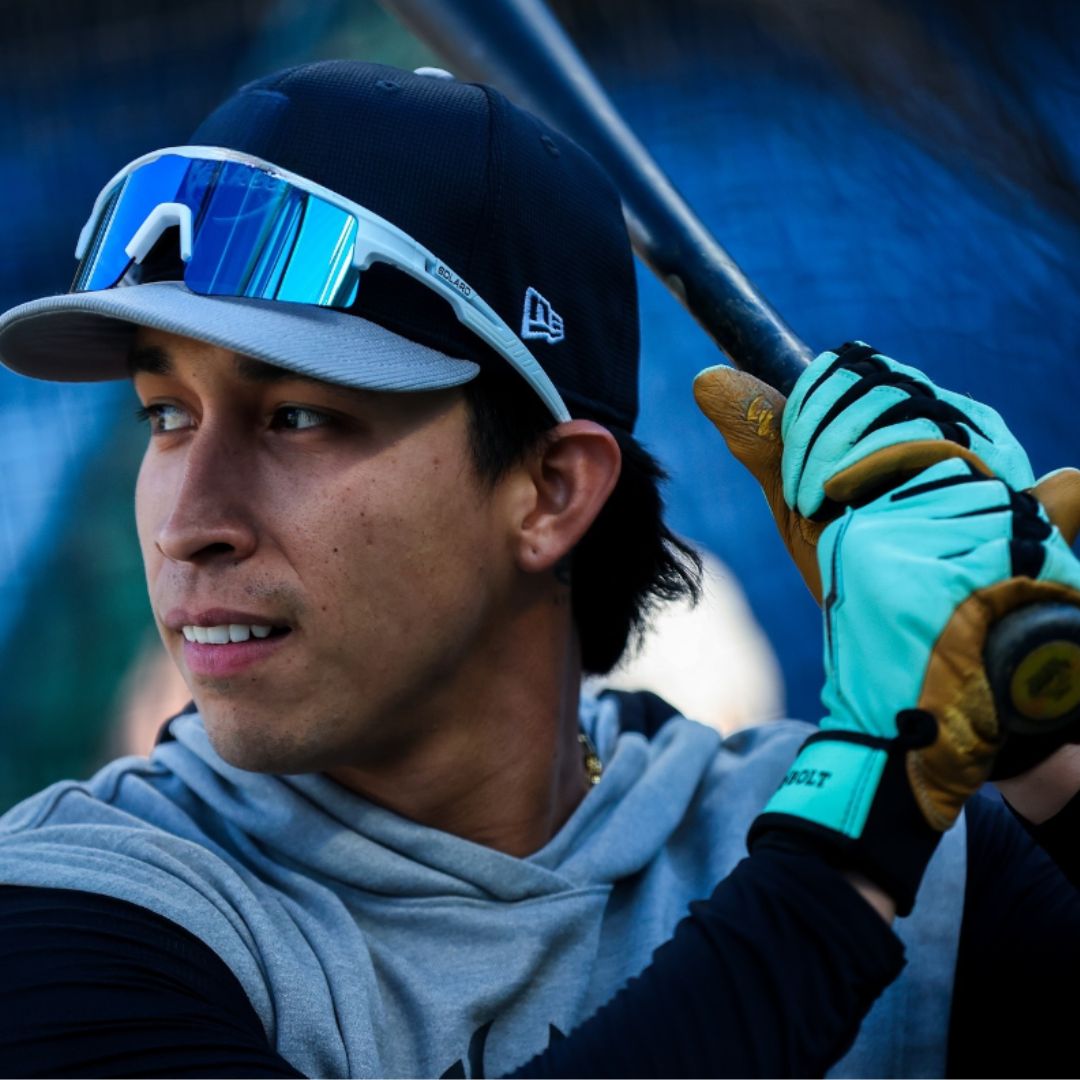How to Choose the Right Lens for Sunny, Cloudy, and Dusk Games
If you’ve ever lost a fly ball in the sun—or struggled to track a pitch under the lights—you already know: baseball sunglasses aren’t one-size-fits-all. Lighting conditions change dramatically throughout a game or tournament, and using the wrong lens can make even elite players struggle.
That’s why smart athletes are switching to sunglasses with interchangeable lenses. The right tint can reduce glare, improve contrast, and give your eyes exactly what they need—whether you're playing in bright sun, cloudy skies, or under stadium lights.
Here’s a quick guide to the best baseball sunglasses lenses for different weather conditions, and the one brand that includes everything you need in one box.

☀️ Best Lens for Excessively Bright Sunlight
Recommended Tint: Dark Polarized or Blackout Lens (21% Light Transmittance)
When the sun is directly overhead, you need serious protection. A blackout or dark gray lens, preferably polarized, will cut down on glare from the sky, dirt, and bleachers. Polarization also reduces strain and squinting, making it easier to track high pop-ups or deep fly balls.
Solaro’s Blackout Lens is perfect for this. It’s included with every pair and built for full-sun games.
☁️ Best Lens for Sunny or Overcast Days
Recommended Tint: Standard Primary Lens (26% Light Transmittance)
Cloudy conditions often flatten out contrast on the field. Using a high-contrast, non-polarized lens can help enhance depth perception and make the ball stand out better against a gray sky or dull background.
Solaro’s Primary AstroTek High-Contrast Lens improves visibility in standard light—making games a lot less miserable for outfielders.

🌅 Best Lens for Evening or Dusk
Recommended Tint: Yellow or Light-Tinted Lens (36% Light Transmittance)
As the sun starts to set or stadium lights come on, visibility can get tricky. A yellow lens works great for dusk—it enhances available light and adds contrast to the ball, without being too dark. A good evening/night lens reduces glare and pulls in more light to brighten vision.
Solaro’s Yellow Night Lens is a favorite among youth players finishing late tournament games or playing doubleheaders.
🌦️ The Problem with Most Sunglasses
Most baseball sunglasses come with only one lens option—usually a dark, polarized lens for sunny days. That might work sometimes, but if the lighting changes or you play at night, you're out of luck (or stuck squinting).
To get a full range of lens options, many brands charge extra for additional lenses—if they even offer them.
🛡️ Solaro Shades: Built for Every Condition
At Solaro Shades, we believe players shouldn’t have to choose. That’s why every adult pair of our sunglasses includes three high-performance lenses:
-
Polarized Blackout (for full sun)
-
Yellow Night Lens (for dusk and glare)
- Primary, high-contrast AstroTek Lens (for balanced conditions)
And yes—they’re all included in the box. No upsells. No “lens packs.” Just everything you need to play your best, no matter the weather.
⚾ Final Thoughts
If you’re serious about your game, make sure your sunglasses can handle every inning. Whether it’s a scorcher in July or a foggy fall ball game, the right lens makes all the difference.
👉 Ready to play smart in every condition?
Shop Solaro Baseball Sunglasses — the only brand that gives you (21% Light Transmittance) lenses with every pair and a limited lifetime warranty to back it up.



